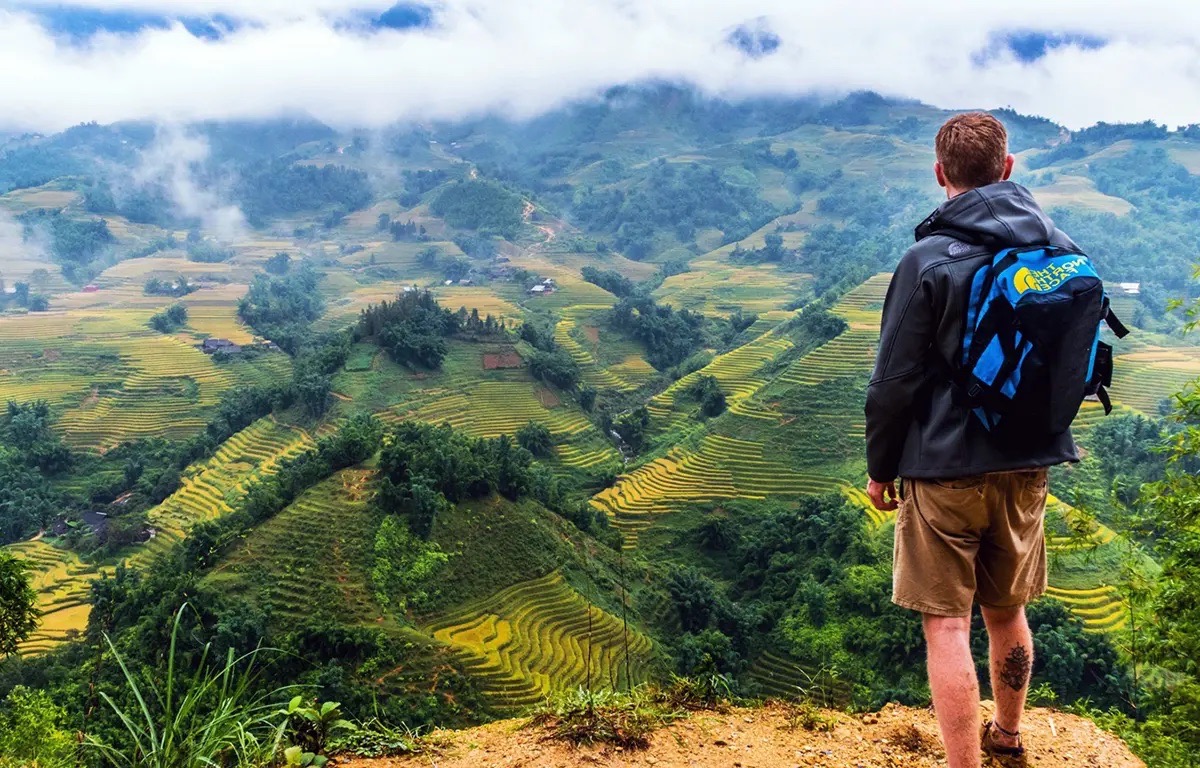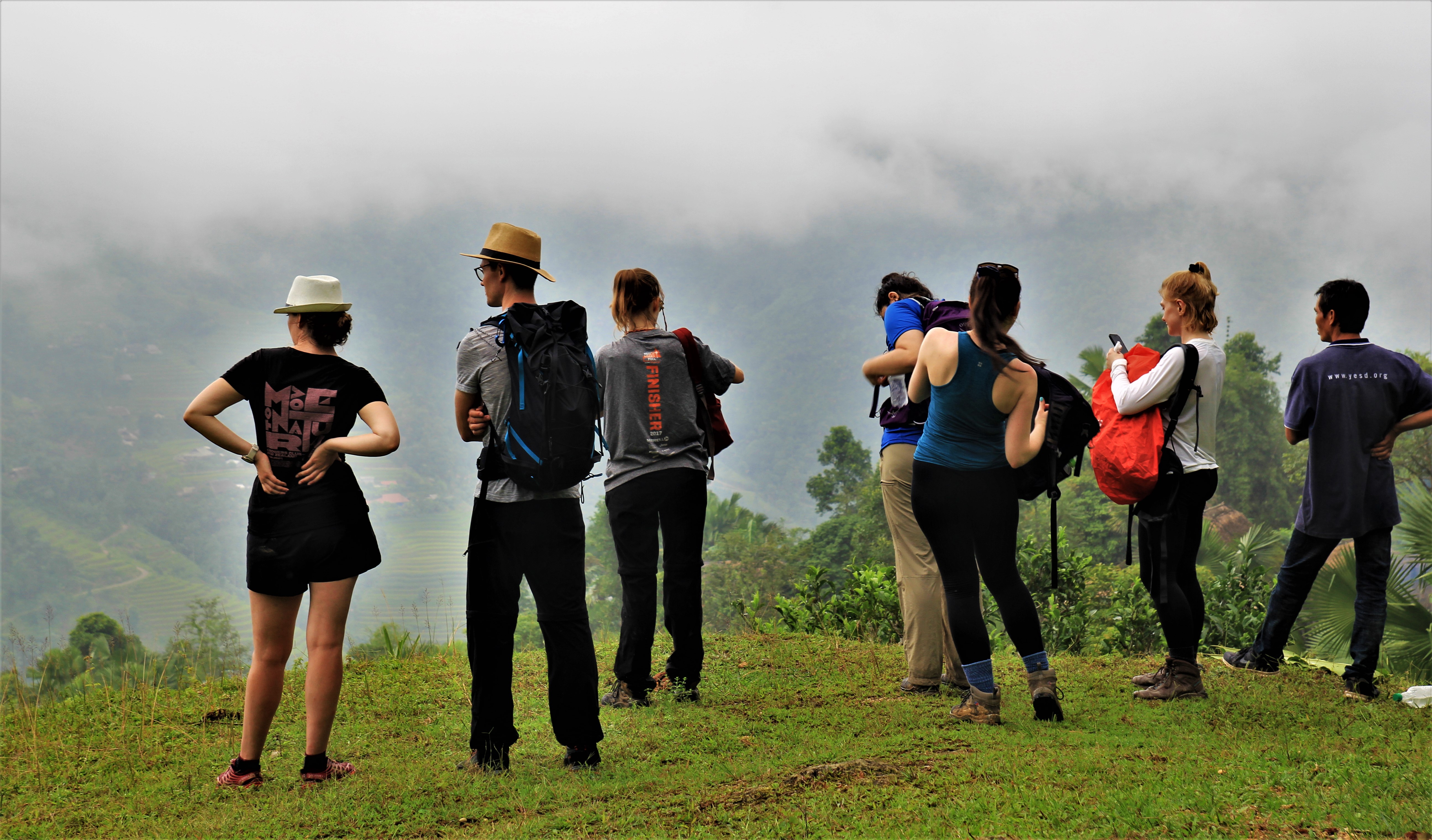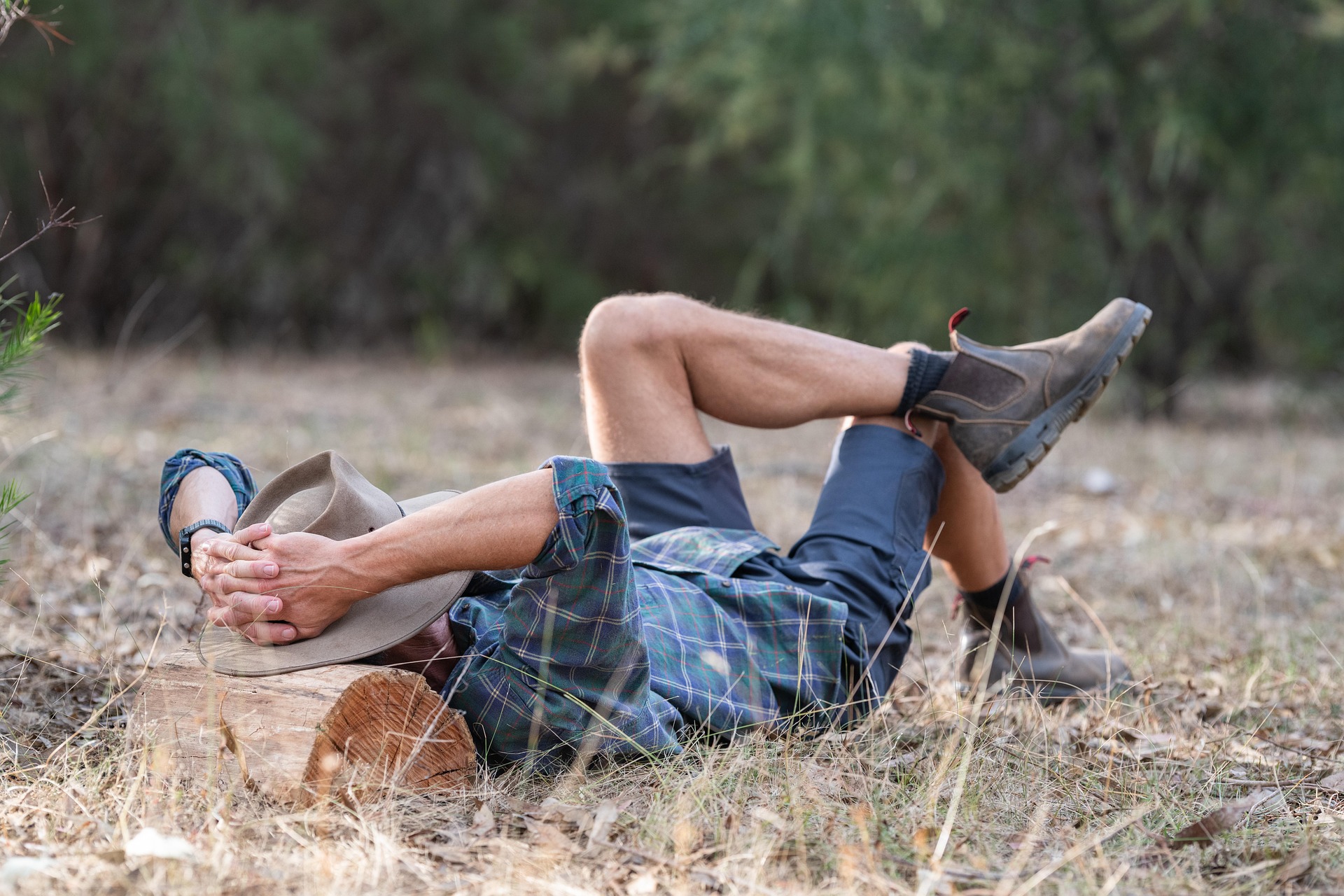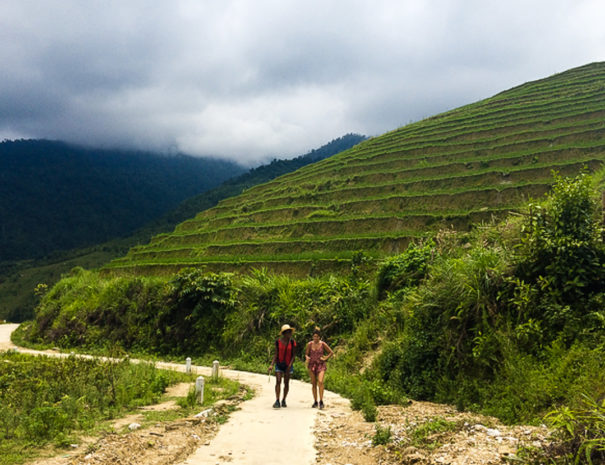1. Preparations Before Going On A Trekking Tour

Physical Training At Home
Good preparation makes all the difference between a joyful, pain-free trek and one that leaves you limping back to your hotel. Start with physical training since you are at home. Ideally, at least a month before your trek, begin walking or even hiking regularly. Include stairs, hills, or longer distances in your routine to build up endurance and leg strength. Exercises like lunges, squats, and core workouts are also great ways to get your body ready for your trekking trip and accelerate your recovery after trekking.
Choosing Proper Trekking Gear
Choosing the right gear for your trekking tour is essential, even for recovery after trekking. Invest in supportive hiking boots that fit well and are already broken in, or if you don’t, prepare yourself with sports shoes or sturdy sandals. Blisters are one of the most common trekking injuries, and they often result from wearing new or ill-fitting shoes. Wear moisture-wicking clothing to reduce the risk of chafing and overheating, especially when you are visiting places with heat and high humidity like Vietnam. Bring trekking poles if your trail includes steep inclines or declines along hills and mountains, as they can reduce impact on your knees.Energize Before Trekking
Hydration and nutrition should also be part of your preparation for your recovery after trekking. Drink plenty of water in the days leading up to your trek, and eat balanced meals to build up energy. Try to get consistent sleep and build a sleeping schedule, as rest is essential for muscle recovery and energy levels. Avoid alcohol and processed foods leading up to your trekking tour, which can dehydrate your body and drain your stamina.Give Your Body Some Time to Adjust
If you’re trekking at high altitudes, like trekking in Sapa or Ha Giang, give yourself time to acclimatize. Altitude sickness can derail your trek before it even begins, especially if you climb too quickly. Take shorter treks to higher altitudes in advance, if possible, or plan for a day or two of rest at higher elevations. If you are feeling unwell upon arrival, consider telling your tour guide to reschedule or change your route.2. During Your Tour: Look Out For The Recovery After Trekking

Travel At Your Own Pace
What you do during your trek plays a huge role in how well you recover after trekking. First and foremost, pace yourself at a suitable speed. Avoid rushing, especially on steep or uneven terrain. Rest when needed, and don’t be afraid to slow down if you feel your body beginning to tire. It would be ideal for you to have a private trip with close ones and a local guide so that they can adjust to you whenever possible. If you are travelling in a large group, do not hesitate to speak out and clear the schedule first with the guide – trekking is not a race, it’s about the journey, not the speed.
Stay Hydrated & Energized
Staying hydrated is key during your trek. Carry enough water and drink regularly, even if you don’t feel thirsty. Dehydration not only causes fatigue but also contributes to muscle cramps and joint pain for many travellers. If your package allows, include electrolyte tablets or natural salts in your water to maintain your mineral balance, especially if you’re sweating a lot. Eating small, energy-rich snacks throughout the trek can help keep your energy levels steady. Dried fruits, nuts, protein bars, or rice cakes are lightweight and easy to carry. Avoid heavy meals that might upset your stomach during movement, and have proper rest after eating so that your stomach can digest more easily.Stretch During Breaks
Use your breaks wisely with a view to your recovery after trekking. Instead of just sitting down, stretch your legs, roll your shoulders, and check your feet for hot spots that may turn into blisters. If you do, apply blister tape or bandages as soon as you feel friction. A short stretch or massage break during your trek can do wonders for your recovery later on, and it also makes the trip more enjoyable for your feet.Listen To Your Body
Finally, don’t ignore discomfort. If your knees, ankles, or hips begin to ache, take a moment to adjust your stride, use trekking poles, or change your pace. Listening to your body can help prevent minor pain from turning into serious injury. If you feel like you cannot continue, make sure to tell your guide or keep their contact with you so that someone can come and pick you up. In addition, if you are visiting mountains in regions like Southeast Asia, sun protection is very critical – sunburn can zap your energy and affect sleep, which in turn slows your recovery after trekking.3. Recovery After Trekking

Rest For A Few Days
Once your tour is over, your recovery after trekking begins. First and foremost, rest. Give your body at least a full day off from intense physical activity, especially after multi-day treks. Elevate your feet to reduce swelling and take naps if needed – your muscles repair themselves during sleep. If you prefer going out, choosing a massage nearby or lounging in a coffee shop is the most appropriate activity post-trekking.
Have A Nutritious Diet
Adding nutrients to your diet is critical for your recovery after trekking. Drink plenty of water and consider adding lemon, salt, or recovery powders to replenish minerals. Herbal teas like ginger or turmeric also work wonders in reducing inflammation and aiding digestion. Your meals after trekking should be protein-rich to repair muscles and filled with vegetables for vitamins and minerals. Warm soups, grilled meat, tofu, eggs, and leafy greens are great post-trek meals. Avoid alcohol and sugary foods, which may slow your recovery after trekking.
Stretching
Stretching is essential during your trekking tour and also in the days for recovery after trekking. Focus on stretching your calves, thighs, hamstrings, hips, and lower back. If available, foam rolling or using a massage ball can help release tight muscles and reduce soreness. Yoga or gentle movement is also a simple yet excellent way to boost circulation and speed up your recovery after trekking.Relieve Pain With Aids
If your pain after trekking is too severe, try using some aids. Soaking in warm water, whether in a tub or herbal bath, can help ease sore muscles. In some areas near trekking sites, you may even find hot springs or herbal foot baths offered by local homestays or tour operators. Add Epsom salt or essential oils like lavender or peppermint for extra relaxation.If pain persists for more than a couple of days, use cold compresses or anti-inflammatory creams. Be cautious with medication unless prescribed – sometimes soreness is best treated with movement and time. If your joints are swollen or bruised, consider consulting a local clinic to make sure you haven’t strained or sprained anything.Conclusion

Trekking opens up a whole new way of seeing the world – slowly, closely, and respectfully. But to enjoy it fully, you need to take care of your body before, during, and after the journey. Preparation and recovery after trekking are not just extra steps; they’re part of the trekking experience itself. By pacing yourself, staying nourished, and giving your body the rest it needs, you’ll be ready to hit the trail again soon.
If you are planning a trekking tour to Vietnam but worry about the large trekking groups, touristy areas, and unauthentic experiences, try booking a customized trekking tour with YESD Travel! We are a social enterprise providing responsible and authentic tour experiences in Vietnam, from Ha Giang, Sapa, Mai Chau to Cao Bang, so trekking with us will be no problem!
